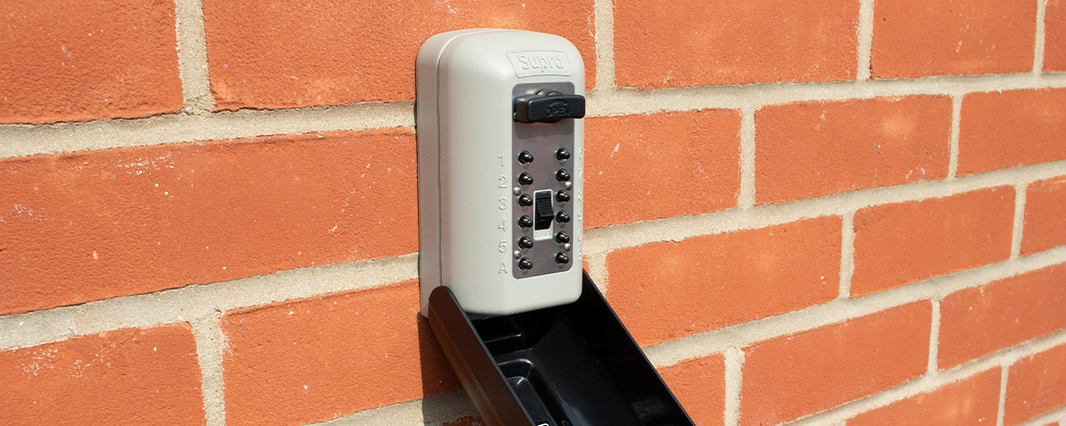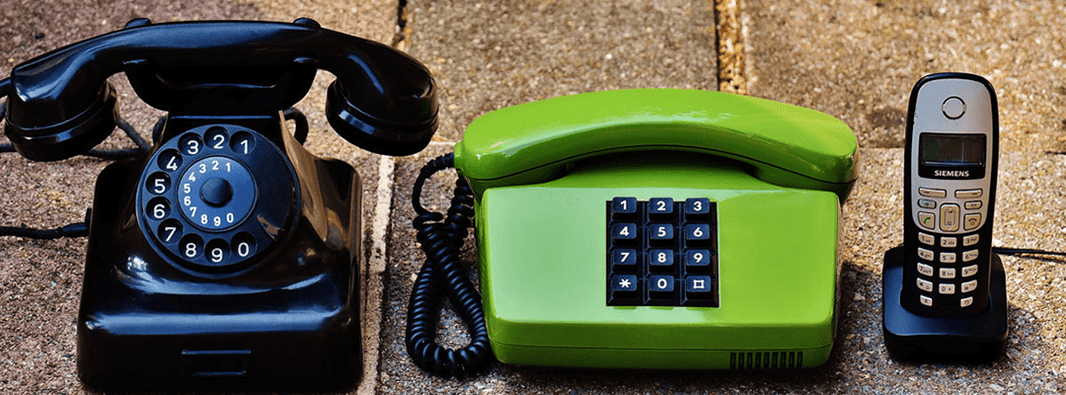When you hear the word meditation, what springs to mind? Is it sitting cross-legged and humming with your eyes shut? That is probably what pops into most minds. However, there is a type of meditation that you can practice anywhere, at any point in the day, with your eyes open and your legs uncrossed. It’s called mindfulness.
Mindfulness can be used to lessen feelings of stress and even improve moods in those who experience anxiety or depression. The aim of mindfulness is to be fully present in the current moment without being overwhelmed. Think ‘stopping to smell the roses’. Mindfulness is derived from the Buddhist tradition of Sati, but can be practiced by anyone in any situation.
Today we will be looking at the top 10 mindfulness techniques that can be practiced by anyone.
1. Eat Mindfully
This one might seem a little strange at first glance. How does one eat mindfully? Easily. It is about truly enjoying the meal you have made an effort to cook for yourself, someone has cooked for you, or you have paid good money for. This could mean turning off your TV or phone while eating, chewing slowly and savouring each bite, and not eating while walking along or driving. Not only is this practicing mindfulness, but it can also improve your digestion.
2. Identify Feelings
This one is a little trickier but very important. When you are experiencing a negative feeling, try to name it. Do you simply feel ‘bad’ or is it anger, annoyance, or anxiety? Once you identify the specific emotion you’re experiencing, then you can try to alleviate it. We all share experiences that make us feel negative, but mindfulness isn’t about dwelling on things. It is about allowing yourself to feel a way without judgement, and then simply letting it pass through you.
3. Meditate
Though not a crucial aspect of mindfulness, the act of sitting peacefully can help. By taking time to relax with quiet meditation or by trying yoga, you can become more in tune with your mind and body. Meditating helps you to quiet your thoughts, letting go of worries and spending time just relaxing. Clear your mind, focus on your breathing, and let the world pass you by.
4. Stand Mindfully
Pull your shoulders back and lift your chin up. This can go for sitting too. Adjusting your stance can have an effect on your height, your confidence, and your back health. You will be surprised how simply adjusting your posture can be perceived by others and ultimately affect how you come across. Moreover, good posture can help to avoid musculoskeletal disorders as you age.
5. Watch Your Thoughts
We’ve spoken about feeling an emotion and letting it go; the same goes for thoughts. We can overwhelm ourselves by thinking about something over and over. The thought we’re having might not even be accurate. After all, a thought is not a fact. If you are experiencing an intrusive thought, try to override your mind with the thought of crashing waves against the beach or something else that can relax you.
6. Use Your Senses
This means using sight, smell, sound, taste, and touch to increase the richness of life. Appreciate the beauty of the place you are in, whether it’s somewhere you’ve never been to before, or somewhere you’ve seen 1000 times. Cherish the smell of the soap in your bath or the taste of your dinner. Put on some music and simply listen to it, appreciate it, maybe have a little dance to it. Acknowledge the safety you feel from a hug or the warmth from a blanket.
7. Walk Mindfully
Like eating mindfully, walking mindfully is about not simply walking to get from point A to B, but enjoying the journey there. This may sound tricky when walking to work or the corner shop for a pint of milk, but that is the perfect time to practice mindfulness. It is the times we take for granted where mindfulness can reach its full potential. So walk slowly, stroll if you will, and look around at all the things you may not have noticed on your route before.
8. Listen Mindfully
It can be easy to get caught up in our own thoughts or planning what we are going to say next in a conversation. Next time you are speaking to a person or a group of people try to listen wholeheartedly to what they are saying. Not only is this practicing mindfulness but people will appreciate your listening efforts. Making other people feel joy, as well as yourself, is the ultimate goal of mindfulness. That leads us to our next two tips.
9. Treat Others Kindly
Nothing will improve your mood like being kind to someone. Mindfulness is about appreciation and taking in the world around us. What is a better way of doing that than appreciating the people around you that you may take for granted? Tell your loved ones how much you value them. Have you noticed someone’s new haircut or something they’ve done well? Tell them.
10. Treat Yourself Kindly
A key part of mindfulness is letting go. That means not dwelling on past mistakes. Forgive yourself, learn from your experiences, and do better in future. The past cannot be changed, but you are in control of yourself from this point forward. Accept yourself for both your good and not so good parts, and work on the not so good.
Mindfulness can alleviate low moods and stress without costing you money or time. It is probably the simplest and most effective way to help yourself because it all comes from within you.
Peace of Mind
Here at Careline365, our aim is to provide added peace of mind to people who might be vulnerable at home and to their loved ones. We do this by providing personal alarms to those who may be at risk of injury in their homes. These alarms are useful for older people or those with disabilities. When help is needed, it’s as simple as pressing a button and trusting our Care Team to arrange support.
Does it sound like a Careline personal alarm would be helpful to you or your loved one? To find out more about the Careline alarm service and how it can help you, read our quick guide or check out our range of products.









